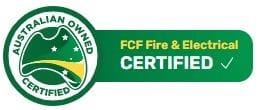Tips For Emergency Evacuation Plans For Australian Businesses
)
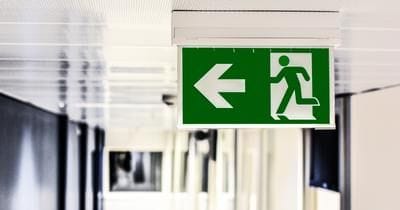
Companies must prepare their employees for fire and emergency situations. The preparation training and planning helps these employees prevent a major disaster. Emergency evacuation plans provide them with the protocol and guidelines for managing these situations.
Identifying Plans For Each Floor of the Building
Company owners must start by assessing the escape routes for each floor of their building. These plans should show the escape route for each room on each floor. When the owner trains their employees, they should use these escape routes to streamline the plans. With their employees, they could identify potential issues that could present hazards and require alternative options under specific conditions.
Escape Plans For the Building Leading From Each Floor
The escape plan for the entire building shows employees how to access pathways throughout the building. These plans show how to navigate through these pathways and exit the building. This should include stairways, fire escapes, and alternatives to the elevators. During a fire, elevators present a major risk to employees as they could become trapped if the electricity shuts down.
Alternative Plans and Procedures If Workers Get Trapped
Emergency evacuation plans should present alternative plans and procedures when employees become trapped. They should use cell phones to contact a manager if no co-workers are present in their area. They should also review potential opportunities if the fire spreads throughout their area.
Plans in which employees navigate through the workspace in groups could reduce the possibility of becoming trapped. They could use this system to notify fire rescue teams and managers if an employee is left behind due to uncontrollable circumstances.
Starting Fire and Safety Training For Workers
All employees should participate in fire and safety training. These programs show the workers the proper protocol for when a fire is discovered. This includes triggering the alarm and notifying the fire department. The protocol should also include strategies for extinguishing small fires.
According to workplace safety regulations, a fire extinguisher should be present in each room. Through fire and safety training, employees and managers are instructed in fire extinguisher testing protocol. These tests require them to maintain a log to determine if the extinguishers need repairs or replacement.
Training also shows the employees when they should attempt to extinguish the fire or start the evacuation process. The instructor shows them how to use each type of extinguisher properly. They identify the various types of extinguishers and when to use them. This also includes the possible outcome associated with using the incorrect extinguisher for each type of fire.
Notifying Emergency Services
The company must implement a fire and safety plan after training. Each department should review the plan at least once a month to maintain compliance with workplace safety standards. These plans should include the proper protocol for notifying emergency services. The managers show the employees areas in which phone systems are located for these purposes. They learn the correct emergency evacuation procedure based on the type of fire and its location.
Procedures For Medical Requirements
After the employees have escaped, they should follow plans and protocols for medical requirements. The managers should designate a safe zone for employees who need emergency medical treatment after the fire. The employees should work in teams to help injured co-workers in these areas. The safe zone should be a safe distance from the building without blocking emergency fire and medical service vehicles.
Companies implement fire and safety plans to keep their workers safe. These plans include an emergency evacuation plan QLD to help the workers exit the building safely. These options show the workers how to navigate through the building to rest the ground floor and decrease the potential for injury.

)
)
)
)
)
)
)
)
)
)
)
)
)
)
)
)
)
)
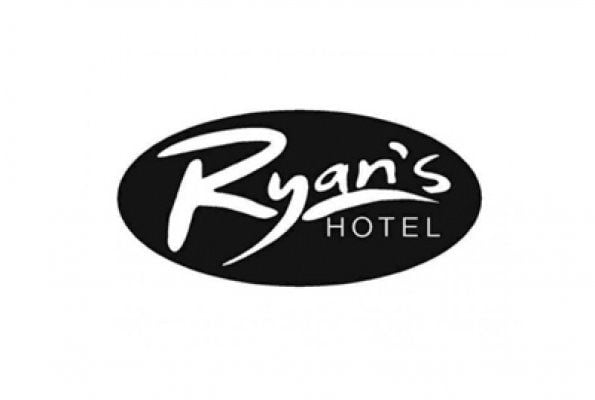)
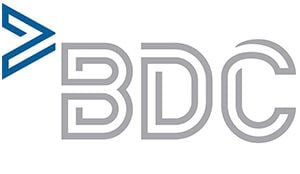)
)
)
)
)
)
)
)
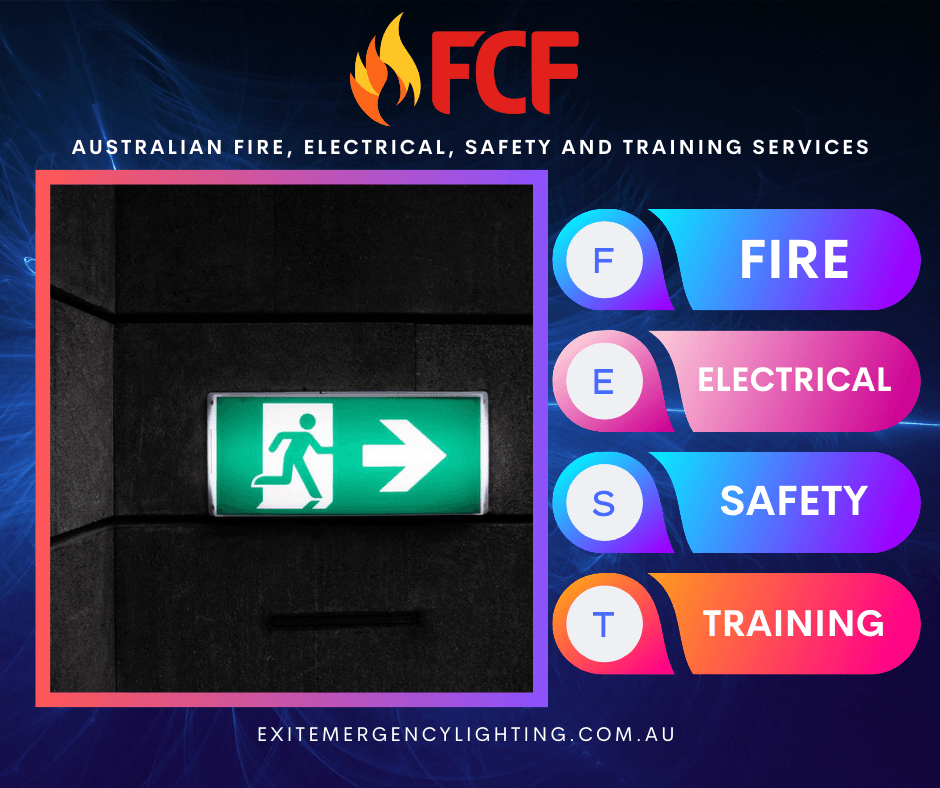)


